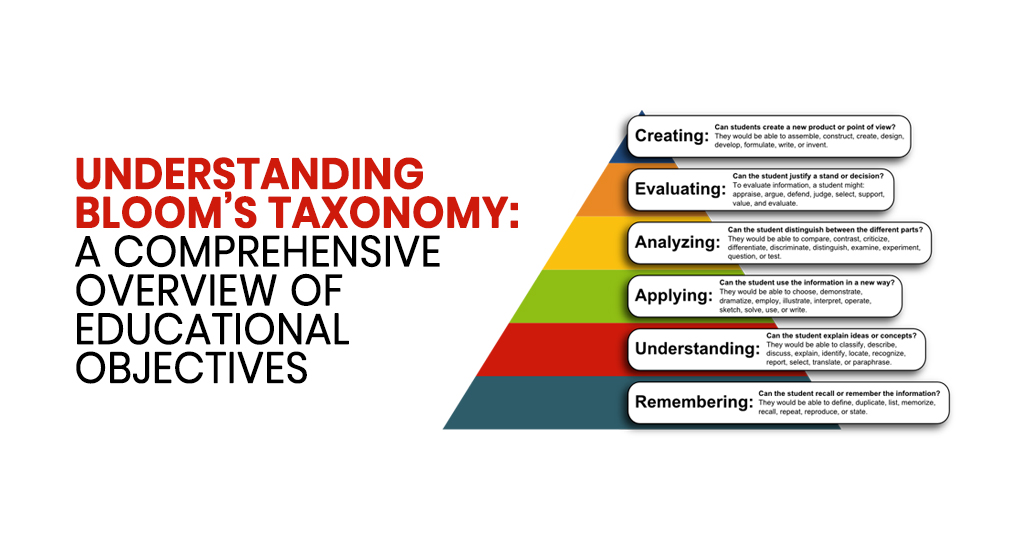Bloom’s taxonomy is a three-tiered framework categorizing educational learning objectives based on complexity. The three domains it addresses are cognitive, affective, and psychomotor. The cognitive domain, which is the most commonly emphasized, guides curriculum development, assessments, and activities in traditional education. Benjamin Bloom, after whom the taxonomy is named, led the committee that created these models, as detailed in the influential text, “Taxonomy of Educational Objectives: The Classification of Educational Goals.”
History and Evolution:
The Taxonomy of Educational Objectives came from a series of conferences held between 1949 and 1953, aiming to enhance communication among educators regarding curriculum and examination design. The first volume, “Handbook I: Cognitive,” was published in 1956, followed by the second volume, “Handbook II: Affective,” in 1964. A revised version specifically for the cognitive domain was introduced in 2001.
Cognitive Domain:
The cognitive domain is the most widely used part of Bloom’s Taxonomy, and it has six levels of learning objectives: Remember, Understand, Apply, Analyze, Evaluate, and Create. Each level is a step up in cognitive skills, starting from remembering basic knowledge to putting information together to create new concepts.
- Remember: It involves recognizing or remembering facts and basic concepts.
- Understand: It requires demonstrating an understanding of facts and ideas.
- Apply: It involves applying gained knowledge to solve problems in new situations.
- Analyze: It requires breaking down information into parts and examining relationships.
- Evaluate: It involves presenting and defending opinions based on set criteria.
- Create (Synthesize): It entails building new structures or patterns from diverse elements.
Affective Domain:
The affective domain focuses on emotions, perspectives, and values. It comprises five levels:
- Receiving: Passive attention and memory.
- Responding: Active participation and reaction.
- Valuing: Attaching value to acquired knowledge.
- Organizing: Integrating values and organizing information.
- Characterizing: Building abstract knowledge and applying it.
Psychomotor Domain:
The psychomotor domain is about physical skills and abilities. Bloom and his colleagues didn’t make detailed subcategories, but Simpson suggested seven levels:
- Perception: Using sensory cues to guide motor activity.
- Set: Readiness to act based on mental, physical, and emotional dispositions.
- Guided Response: Early stages of learning a complex skill through imitation and trial and error.
- Mechanism: Intermediate stage with habitual movements performed with confidence.
- Complex overt response: Skillful performance of complex motor acts.
- Adaptation: Well-developed skills with the ability to modify movement patterns.
- Origination: Creating innovative movement patterns based on highly advanced skills.
Criticism of the taxonomy:
Bloom’s taxonomy is a way of organizing learning, but initially, it was unclear. In 2001, it was organized better. Some people criticize the strict order of the cognitive part. Some think the first three levels are like steps, while the next three are more like equals. People argue about whether to focus on using knowledge before understanding it. Critics say the taxonomy makes thinking too simple and trying to neatly sort out how our minds work might miss how everything is connected.
Bloom’s taxonomy, which uses verbs to describe learning outcomes, can be inconsistent between schools. A study in 2020 found that different institutions use different lists of verbs. This causes variations in how learning outcomes are understood and measured in various educational settings.
Implications:
Bloom’s taxonomy is a tool for teaching philosophies prioritizing skills over content. Educators using this approach see content as a means to teach skills. The focus on higher-order thinking, including application, analysis, synthesis, and evaluation, is key in these philosophies. The taxonomy is a valuable teaching tool, helping to balance evaluative and assessment-based questions in assignments and class activities. It ensures that students engage in various levels of thinking, incorporating aspects of information searching into their learning.
Disciplines:
Bloom’s taxonomy is still important in education, helping teachers develop innovative teaching strategies. It focuses on skill development at higher levels, which matches the world’s growing global focus on different types of learning and skills. This is particularly relevant as different subjects come together. For example, good at using and creating media involves combining higher-order thinking skills (analysis, creation, and evaluation) and lower-order thinking skills (knowledge, comprehension, and application).
In conclusion, Bloom’s Taxonomy has greatly influenced education, providing a structured framework for learning goals. It covers cognitive, affective, and psychomotor aspects, offering a well-rounded approach.
While the focus is on cognitive skills, the 2001 update addressed concerns about rigidity. Educators find the taxonomy valuable for shaping curricula and assessments, emphasizing the importance of skills over mere content.
Its adaptability to different disciplines and alignment with evolving learning methods make Bloom’s Taxonomy enduring. As education changes globally, it inspires innovative teaching strategies and fosters higher-order thinking skills, making it a foundational tool for effective teaching.










